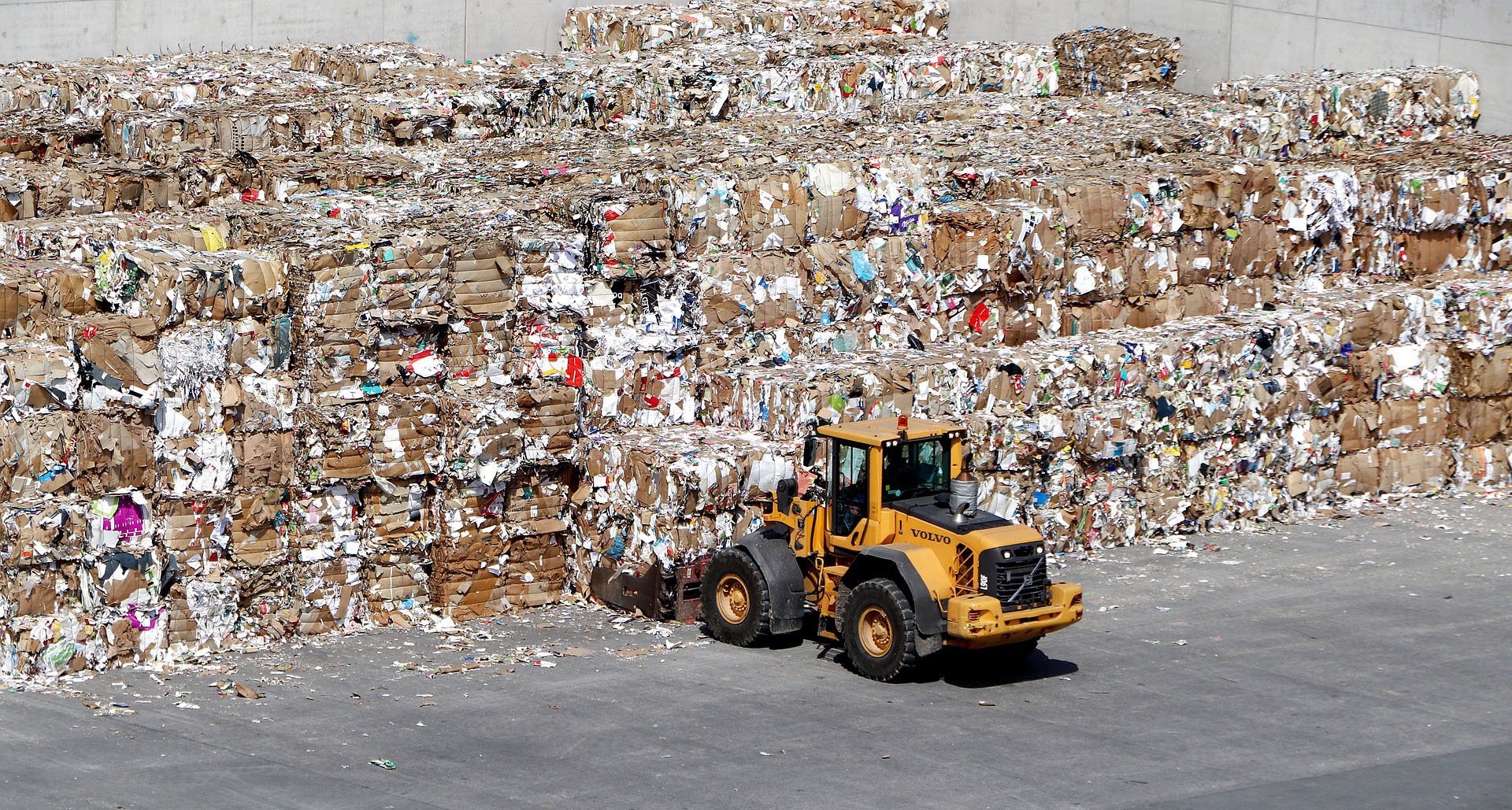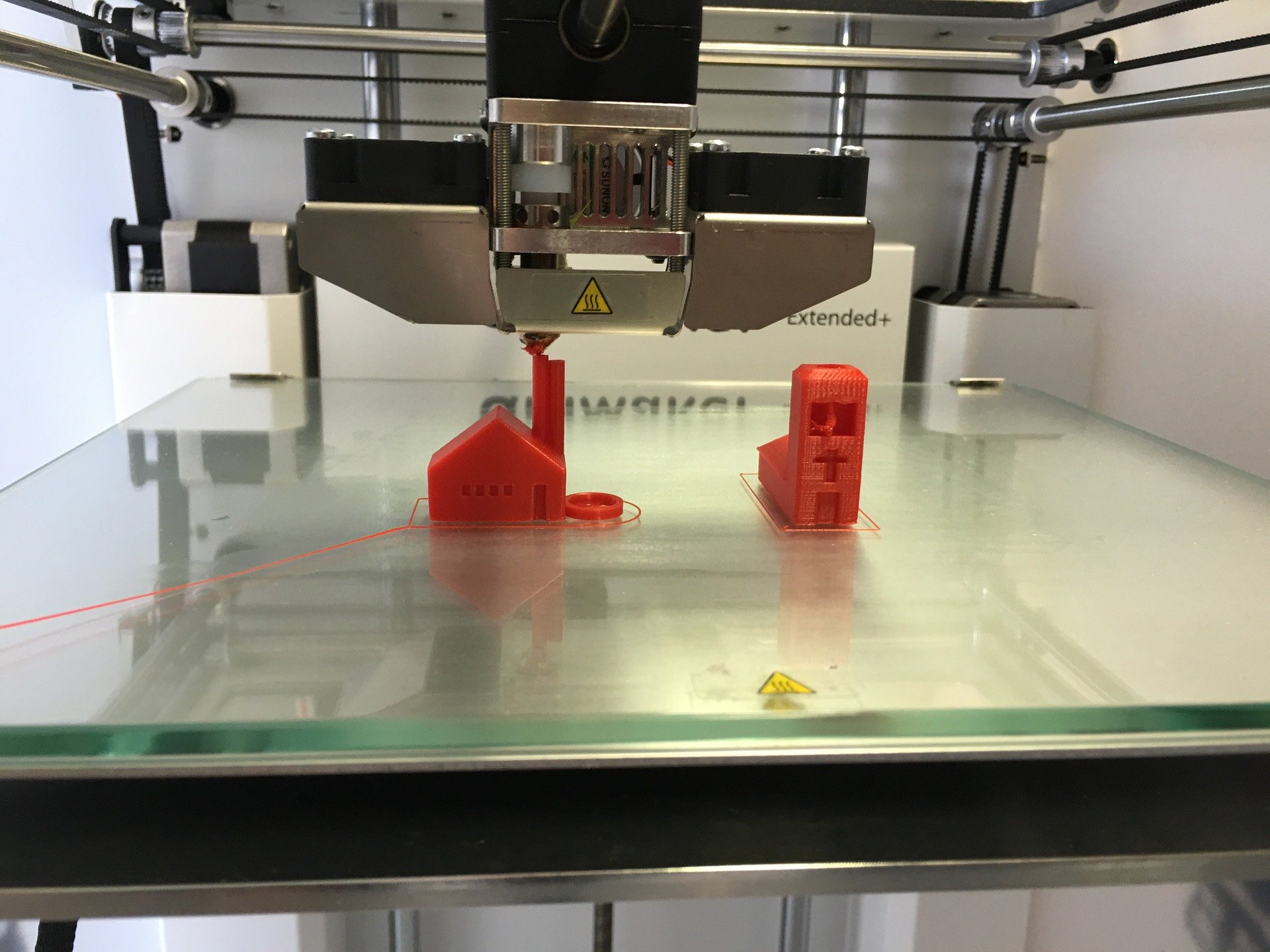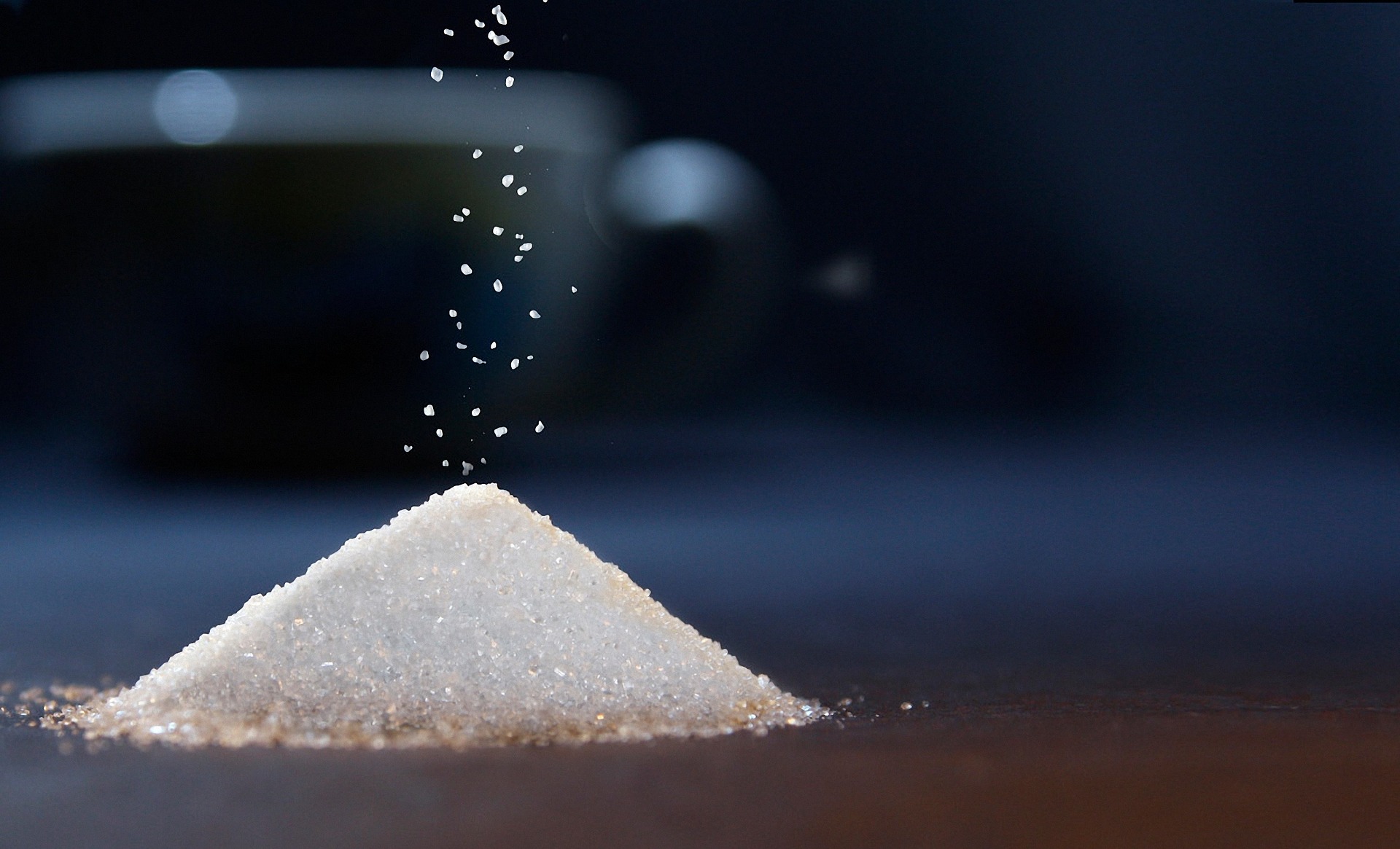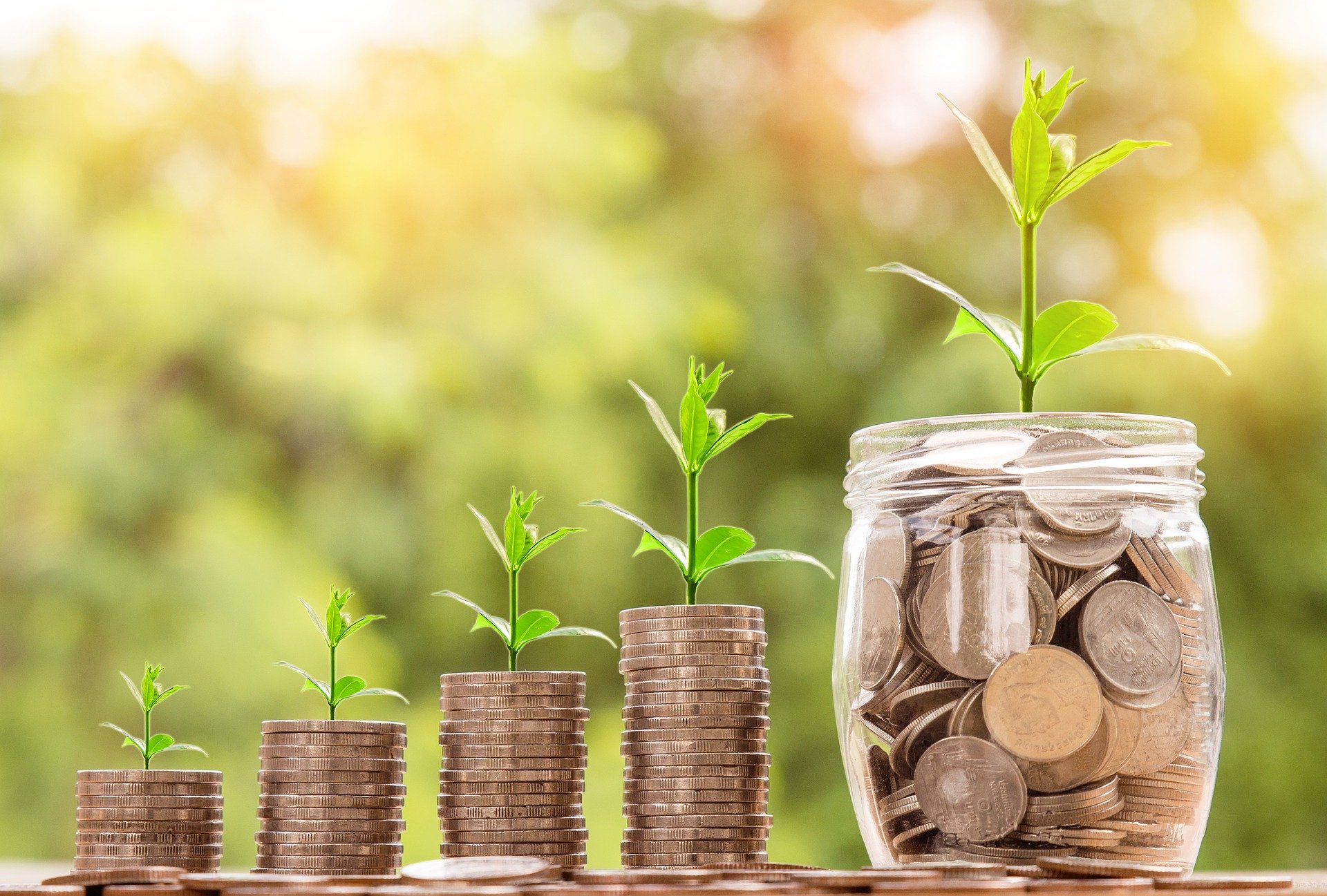“Printing is dead” has perhaps been the most heard and used statement throughout the industry for the last few years due to the misconceived idea that the rise of digital makes printing invalid, but on the contrary printing is far from dead it’s just being transformed into something more intelligent and sustainable.
Coming a far way from being a process of rolling impressions into clay tablets using round seals by the Mesopotamian civilisation, to now using cutting edge technology in producing works of art, printing has proven itself to be one of a few industries with the ability to evolve in a way that can positively affect people’s daily lives. The question no longer is whether or not print is dead, but how can it be used to shape the world we all live in?
- A shift in focus and POD
- Innovation making it easier to be greener
- Conscientious materials
- The cost to pocket and environment
- Let's talk
A shift in focus and POD

Producing a sheet of paper takes 10 times more energy than actually printing on them.
For several years, the printing industry has been investing heavily in research into sustainable practices since traditional print manufacturing requires large quantities of vital resources like water and trees. Having realised the impact of old systems and processes on the environment, many have begun implementing continuous improvement processes to achieve initiatives such as reduce unnecessary paper usage and eliminate waste, with even more sustainable approaches promised to follow.
As part of the sustainable green printing movement printing on demand (POD) is fast becoming a popular option for both print companies and their customers. The understanding is that by only printing the exact amount a customer requires there is no longer any room for paper to be wasted, so gone are the days of overprinting ‘just in case’.
Producing a sheet of paper takes 10 times more energy than actually printing on them, so you can see why paper waste is a big issue especially in print, as a result POD is a popular choice having shown much promise in helping to reduce waste; It’s eco-friendly, eliminates waste, saves customers money and provides a simplified approach. Who can argue with that?
Innovation making it easier to be greener

Printing cannot be dead if it’s continuing to evolve. Probably it’s the old ideas of what it used to be that has died, but not the practice itself when there are developments like photonic printing (light science) and conductive inks (connecting paper to the digital world) revolutionising the industry.
Another type of innovation that’s come from businesses striving to find more environmentally-friendly approaches is 3D printing.
3-dimensional printing also known as additive manufacturing is the very first technology with the potential to permit biomimetic production models.
To understand why 3D printing can be a more environmentally-friendly way of printing, you have to first understand the process – but we won’t bore you with the details. Unlike traditional printing methods of injecting, moulding or shearing, the additive layered process in 3D printing uses only the required amount of material thus reducing waste of any kind.
Although each printer is different and the amount of energy consumed also varies, 3D printers like the TEVO Tarantula and Flashforge 3D consume approximately 100 - 200W (the exact amount consumed by a mini-bar fridge freezer) making for significantly lower energy emission and faster print time. If you were wanting to replace a missing chess piece, a 5cm (height) piece could be produced in 20 minutes using roughly 120KJ in energy – which is equivalent to a 100W lightbulb being on for 20 minutes.
Conscientious materials

Instead of using plastic there are now biodegradable filament options that provide zero-waste. The most common two for printing plastic parts are acrylonitrile butadiene styrene (ABS) and polylactic acid (PLA) which are both thermoplastics. Of the two ABS is the most environmentally-friendly but the upside to PLA is its sugar source, so it can be made from plants, namely corn using ecologically sound agricultural practices. This means we could all sustainably grow the feedstock for each of our 3D-printed objects if we wanted to.
An additional benefit to using thermoplastics is the fact that it can be re-melted and reshaped several times. One of the biggest issues with plastic is their end of life treatment, with the process within itself proving to be a challenge for companies, governments and countries, however, with the use of thermoplastics in principle, it is the much easier alternative because it eliminates major elements within the recycling chain.
The cost to pocket and environment

Printing in this way can be a cheaper and quicker alternative to the manufacture of spare parts, meaning a product’s life cycle is lengthened and thus reducing the need for brand new ones – a benefit customers surely enjoy.
For instance, if a car manufacturing plant requires many small parts within its complex supplier chain, they can easily design and produce these parts inhouse or closer to home with the use of 3D printing. This then removes the need to ship small-to-medium parts across the world and thus lowering the company’s carbon footprint during the production.
The practice of printing on demand can also be utilised within the 3D printing process to save both customers and print businesses money and storage space.
This new approach offers an extraordinary opportunity for businesses to finally practise what they preach. By offering a speedier and more flexible approach that considers waste, eco-friendly materials and time businesses are now able to exceed their customers’ expectations whilst looking after their environment.
Let's talk
Get in touch today to find out more about 3D printing or other innovative technology being used as part of a greener way of printing. Our expert teams are more than happy to go through the various techniques we are using to do our bit for the world as well as meet our clients’ needs.
Alternatively, you can request our Eco Sample Guide to see all the products from our Eco-Friendly range.

